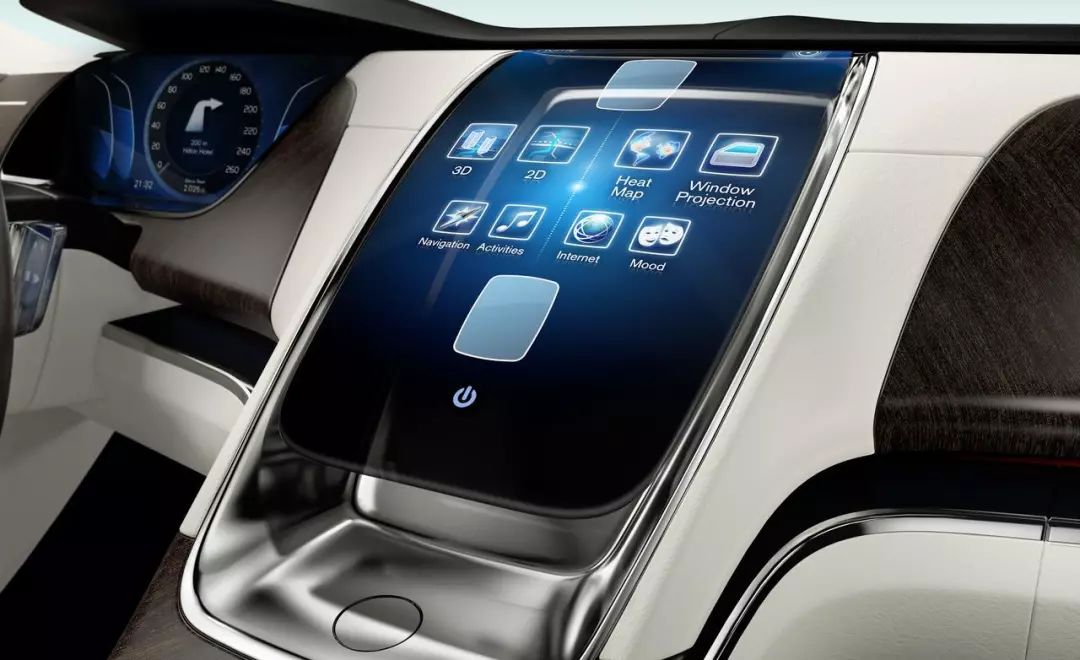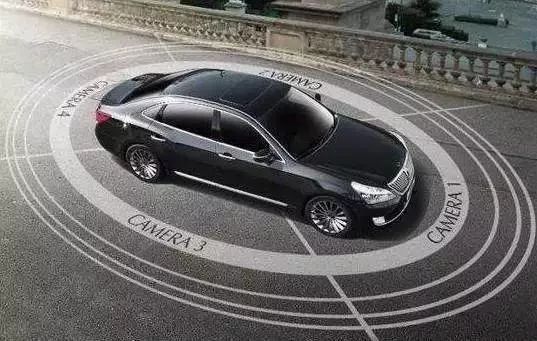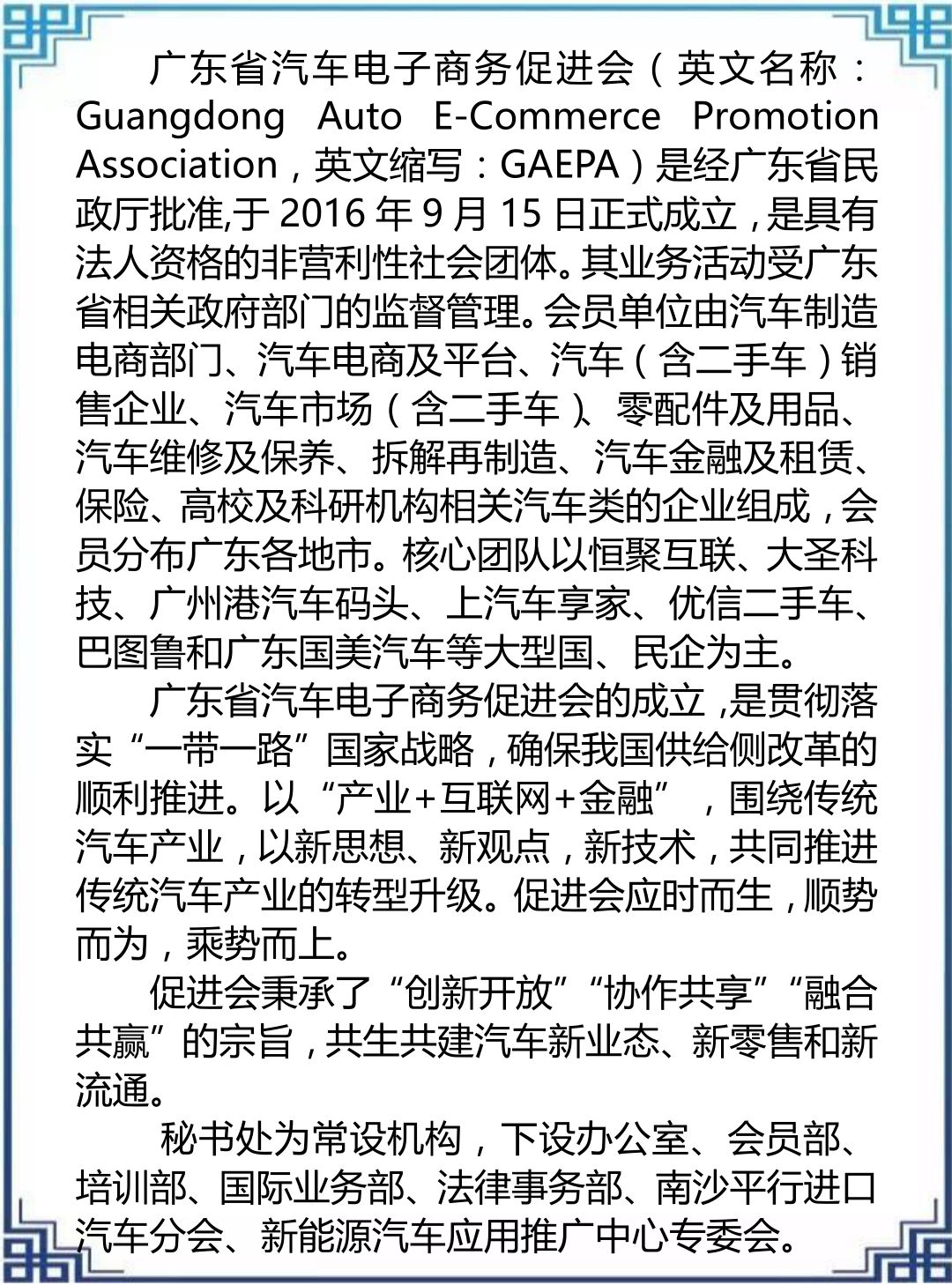Jointly initiated by J.D. Power and Yiche, the 2018 China Consumer In-Car System (In-Vehicle Infotainment System) Usage Experience and Preference Survey has been officially released. The survey indicates that as an indispensable part of vehicles, the integration, intelligence, and interactivity of in-car systems are continuously improving, but there are also issues such as low usage frequency, difficult-to-understand functions, and inconvenient operations. To address these problems, automotive manufacturers need to focus on four aspects: functionality, practicality, operability, and cost-effectiveness.
The in-car system, also known as the in-vehicle infotainment system, is a comprehensive information processing system for vehicles, responsible for entertainment communication, driver assistance, and ensuring driving safety. The collaboration between J.D. Power and Yiche in this survey aims to help the automotive industry better understand consumer evaluations of existing in-car system functions while exploring consumer expectations and preferences for these functions.
Low Usage Frequency of In-Car Systems
The survey categorizes commonly used in-car functions into three main categories: “Entertainment and Connectivity,” “Comfort and Convenience,” and “Driver Assistance/Navigation,” and inquired about the usage frequency and experience of 20 specific functions among car owners. The results show that most in-car functions have low usage frequency, but the usage evaluations are relatively positive.
Among the “Entertainment and Connectivity” functions, the most frequently used is the in-car radio/CD/MP3, with over half (52%) of respondents using it frequently or every time. In contrast, the usage rate of the mobile app remote control function is the lowest, with 28% of respondents never having used it, and as high as 44% of consumers using it only occasionally. In the “Comfort and Convenience” category, 28% and 52% of respondents reported that they had “never used” or “occasionally used” the voice recognition function, which also had the poorest user experience among similar functions. In the “Driver Assistance/Navigation” category, respondents showed the highest reliance on the rearview camera monitoring system, which also received the highest usage evaluation.

J.D. Power’s analysis indicates that the functionality, practicality, operability, and cost-effectiveness of in-car systems collectively determine whether consumers are willing to use or own these functions again. Manufacturers should provide corresponding functions centered around consumer needs, simplify the operation process, reduce operational difficulty, and continuously optimize and upgrade. The report shows that built-in Bluetooth phone/device (54%), in-car temperature control (48%), and rearview camera monitoring system (67%) are the most needed “Entertainment and Connectivity,” “Comfort and Convenience,” and “Driver Assistance/Navigation” functions for consumers when purchasing a vehicle in the future.
The Era of Smart Driving Calls for New Services
With the emergence of more in-car services, consumer payment concepts have changed, and new requirements for payment methods have arisen. The survey found that 41% of respondents hope to include in-car services (such as data traffic fees and software upgrade fees) in the vehicle price, rather than incurring additional costs for in-car services; 34% of respondents prefer a subscription payment method on a monthly/quarterly/annual basis.
A significant 33% of respondents expressed that the feature they most wish to add to their vehicles is a 360-degree camera inside and outside the vehicle. The demand for panoramic shooting inside and outside the vehicle indicates that Chinese car owners wish to maximize their field of vision and eliminate blind spots to ensure they have “another pair of eyes” to help observe road conditions while driving; and when accidents occur, to provide reliable evidence for accident handling and insurance.

Additionally, respondents are concerned that too many in-car functions may affect driving safety. Although enhancing driving safety is one of the main functions of in-car systems, with the increase in functions and operational difficulty, 8% and 69% of respondents are “very concerned” and “somewhat concerned” respectively about the potential driving safety issues caused by excessive in-car functions.
Source: J.D. Power
Disclaimer: The images and texts used in this article are sourced from the internet, and all copyrights of the reproduced articles belong to the original authors. We respect the legal rights of copyright holders and focus on sharing quality articles. If there are any copyright issues, please inform us for deletion. Thank you.


